All the way down the trail to my tree, I kept running into spider webs. That cotton-candy-stickiness grabbed me from every angle and at every height.
When I got to my tree, I noticed a small web that hung between leaves in the womb. As I settled in with my camera – suddenly I saw a large drape of a web, at a 45-degree angle, connecting the tree and the rail of the boardwalk in front of it.
Morning sun caught the orbs, and a speck of black danced right in the center. I quickly changed lenses and moved in to have a look.
Whoa…..! What the heck was that!
At first, I thought it was a spider feasting on a fly. But when I accidentally brushed one spoke of the web, the spider scurried off in the other direction. That was no fly – that was the spider’s body.
My next theory was that something was wrong with this spider. Maybe it was a genetic freak, or malformed by exposure to chemicals.
From underneath, that body looked like it had been burst open in an explosion and then hardened.
How on earth does it manage to function? I wondered as I watched it work on its web. The body looked so bulky, and those spiked edges seemed like such a handicap.
But it moved as gracefully and worked as diligently as any spider does. Even with a cape of a body that looked like some super hero action figure.
Closest I could come to an identification was gasteracantha cancriformis, also called a spiny-backed orb weaver; though this spider was not a total match in color and form. [It is NOT a crab spider, which does not weave a web.]
I had to force my attention to the tree itself, and stooped to zoom in on the little spider tucked among the leaves which now protrude a good foot from the Womb:
Nearby, a chip of red caught my eye. It was a red velvet spider mite, posing delicately at the edge of a leaf.
And, on the backside of the tree, I found a tiny web laced in the folds of the bark, which seemed to be catching more dirt than food:
Scurrying around all over the tree – on trunk, branch and leaf – were the Daddy long-legs.
They are EVERYWHERE this year. I don’t remember even seeing them before, but since late spring they have been running across every surface I lay eyes on.
Don’t know if it was the heavy rains or some other nutrient feeding their reproduction, but there are so many of them this year that I feel like I’m in a science fiction movie.
I looked them up to find the scientic name, and it turns out that these things I’ve been calling spiders are NOT! They are arachnids (having eight legs) but they are not web-weavers. They are sometimes called harvestmen because they gather their food from surfaces; the scientific name is opilionid.
It’s hard not to be creeped out by arachnids of all kinds, but I try to be friends with them.
After all, I read “Charlotte’s Web” 26 times when I was a little girl. How could you not love a spider!

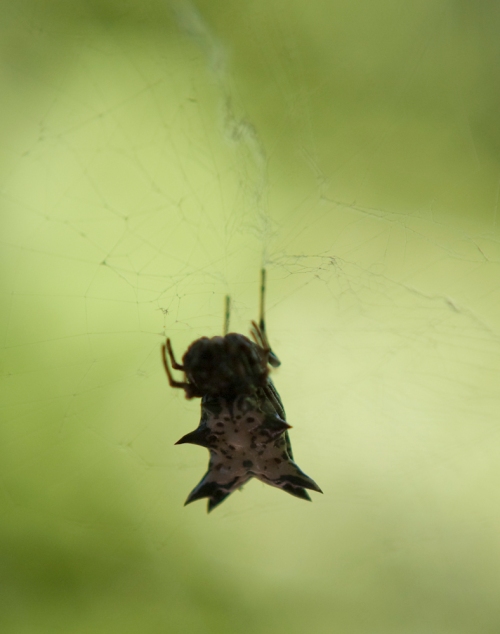



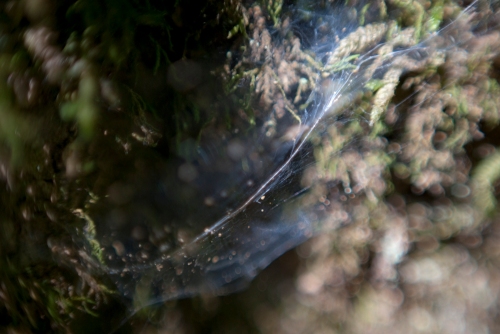


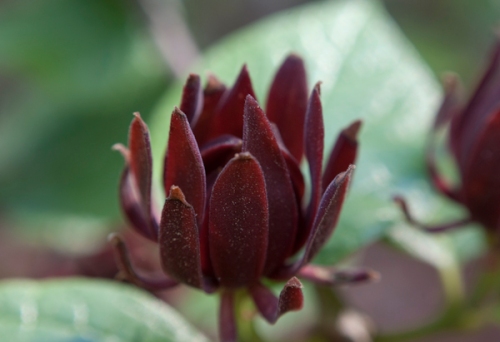



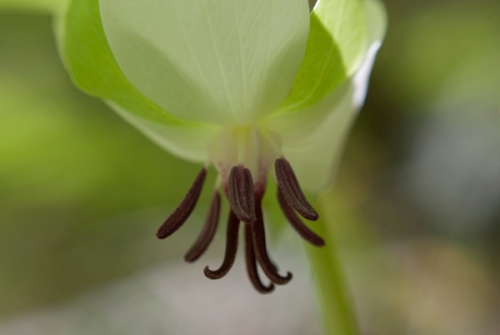










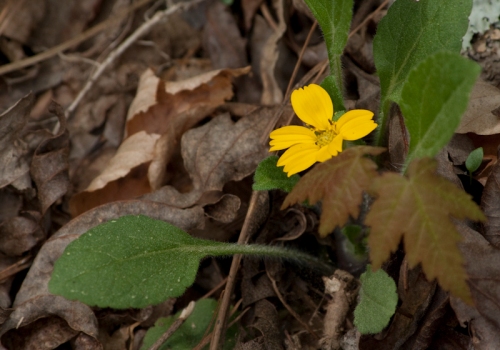


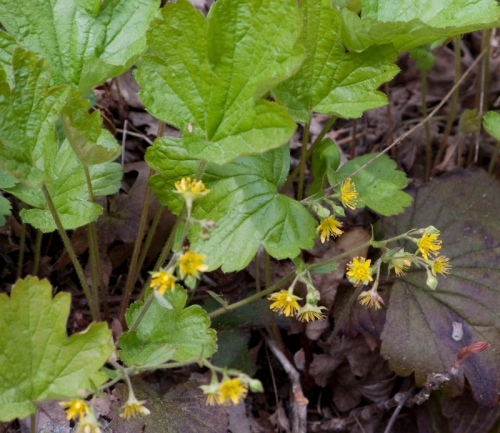




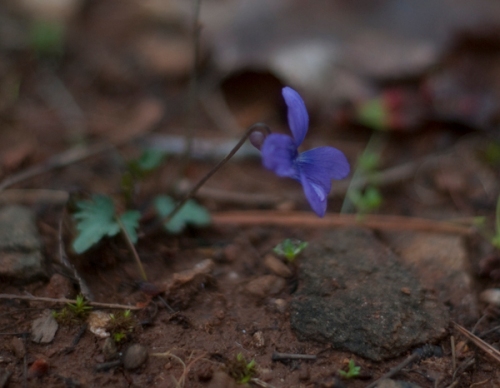



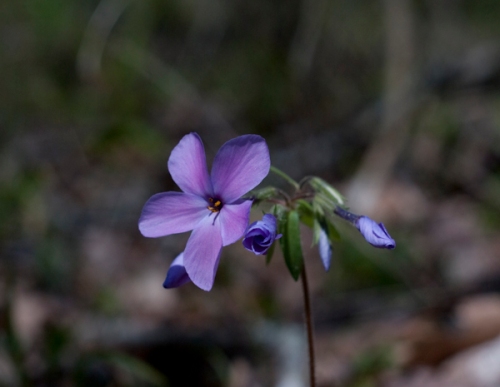




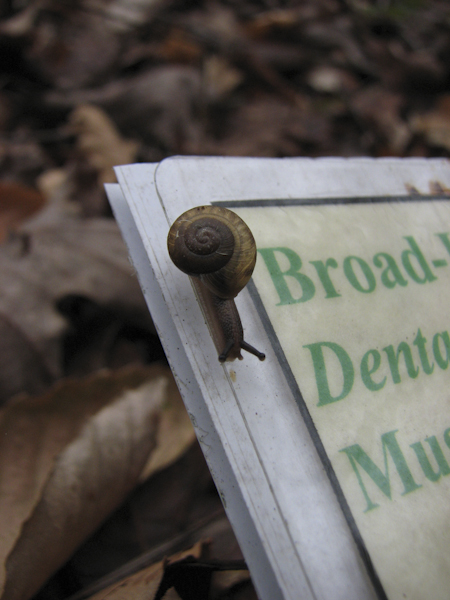






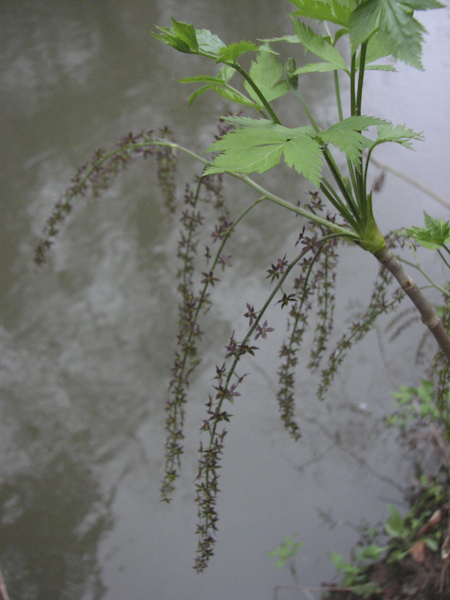






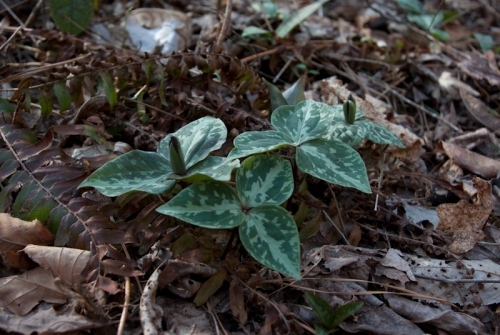




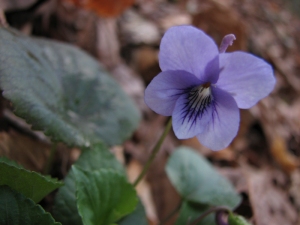 and the downy yellow violet
and the downy yellow violet

